Mobilize presents city EVs as Twizy successors
The Renault mobility brand Mobilize has presented the Twizy successor Duo and its cargo offshoot Bento in detail before the Paris Motor Show. The Duo city car will be available for subscription or long-term rental from the end of 2023. The cargo version Bento for commercial drivers will follow in 2024.
The Mobilize Duo was announced in 2021 and is recognisable as the successor to the Twizy. Just like the Twizy, the Duo has room for two people with the passenger sitting behind the driver. Mobilize has worked on the comfort of the vehicle and most notably made the interior completely lockable, which is an upgrade from the Twizy that was permanently draughty because of the windowless doors.
Vehicle specs are still speculated…
In terms of the vehicle specs, the Mobilize Duo is available in two versions with a top speed of 45 or 80 km/h. The former can be driven without a driving licence (depending on the country, from the age of 14 at the earliest), while the latter requires a classic class B driving licence. Mobilize gives a range of 140 kilometres according to the World Motorcycle Test Cycle (WMTC). The small electric two-seater is clearly designed as a car for getting around the city.
This vehicle’s suitability for the city is also reflected in its compact measurements. At 2.43 x 1.30 x 1.46 metres, the Duo is 20 centimetres longer and 8 centimetres narrower than the Twizy. By comparison, the Ami, with which competitor Citroen is also pursuing an urban electric vehicle approach, measures 2.41 x 1.39 x 1.52 metres, making it slightly shorter, wider and higher than the Duo. Mobilize says that the Duo’s particularly narrow body should ensure that three Duo cars can park vertically in a standard parking space.
For charging, this very small electric car hides access to a fixed charging cable under its small bonnet at the front, which can be equipped either with a Type 2 plug, or for a household socket. So far, Mobilize has not revealed any details on the Duo’s charging power, battery size or electric motor.
For speculative purposes, we might assume that the Duo comes with similar specs to the Twizy. The Twizy 45 sports a 6.1 kWh battery, 4 kW power and the name-giving 45 km/h top speed. The more common variant is the one with a 13 kW engine, which can reach speeds of up to 80 km/h. The Twizy 45 has a power output of 4 kW. The Twizy is supposed to have a range of around 100 kilometres.
.. but size and target group does matter
At this stage, it seems that the Renault brand is more interested in focussing on the customer target group and vehicle design than the specs of the vehicle. Eric Diemert, Design Projects Director, Mobilize explains: “Duo is sensible and tickles the senses. It was designed for sharing but also provides a broader answer to the needs of city dwellers who are especially keen on environmental issues. As it is designed to be functional and sustainable, Duo will also transcend fashions and stay relevant with the refurbishing cycles planned at the Refactory.” Here, the manufacturer aims to use more than 50% recycled materials to build the vehicle and make it 95% recyclable at the end of its life.
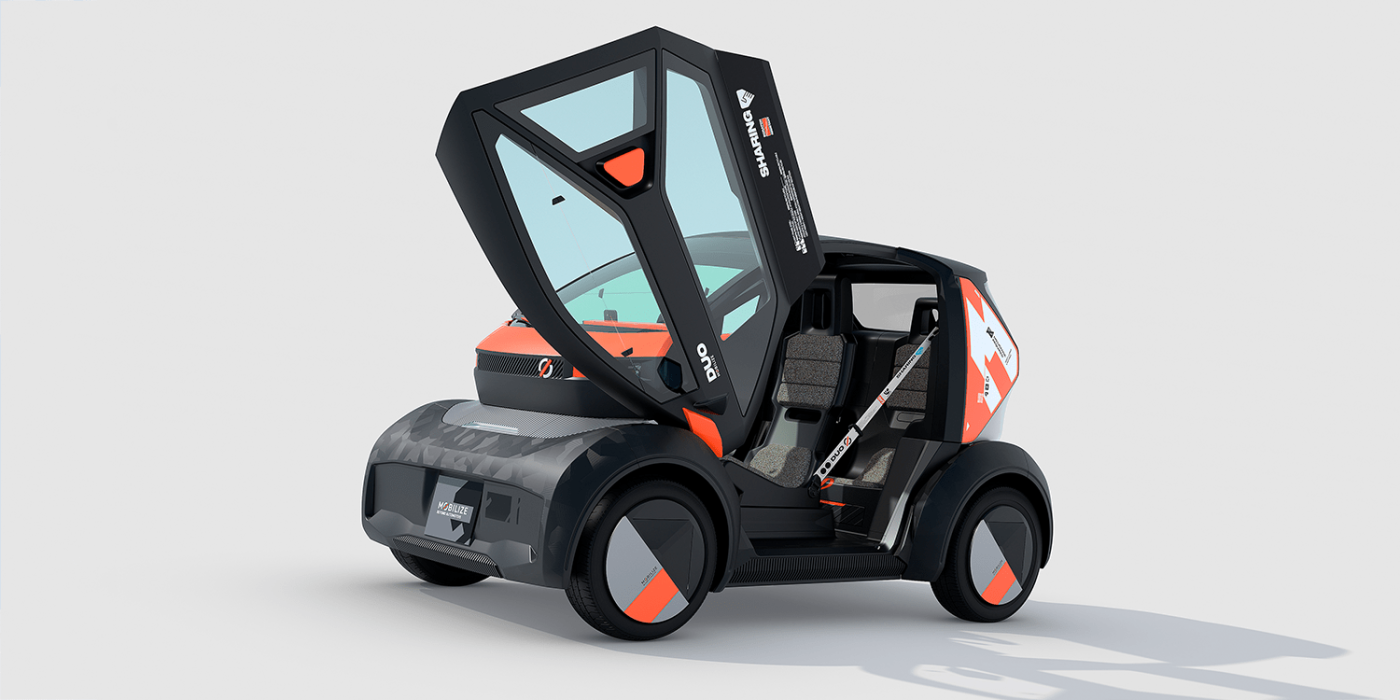
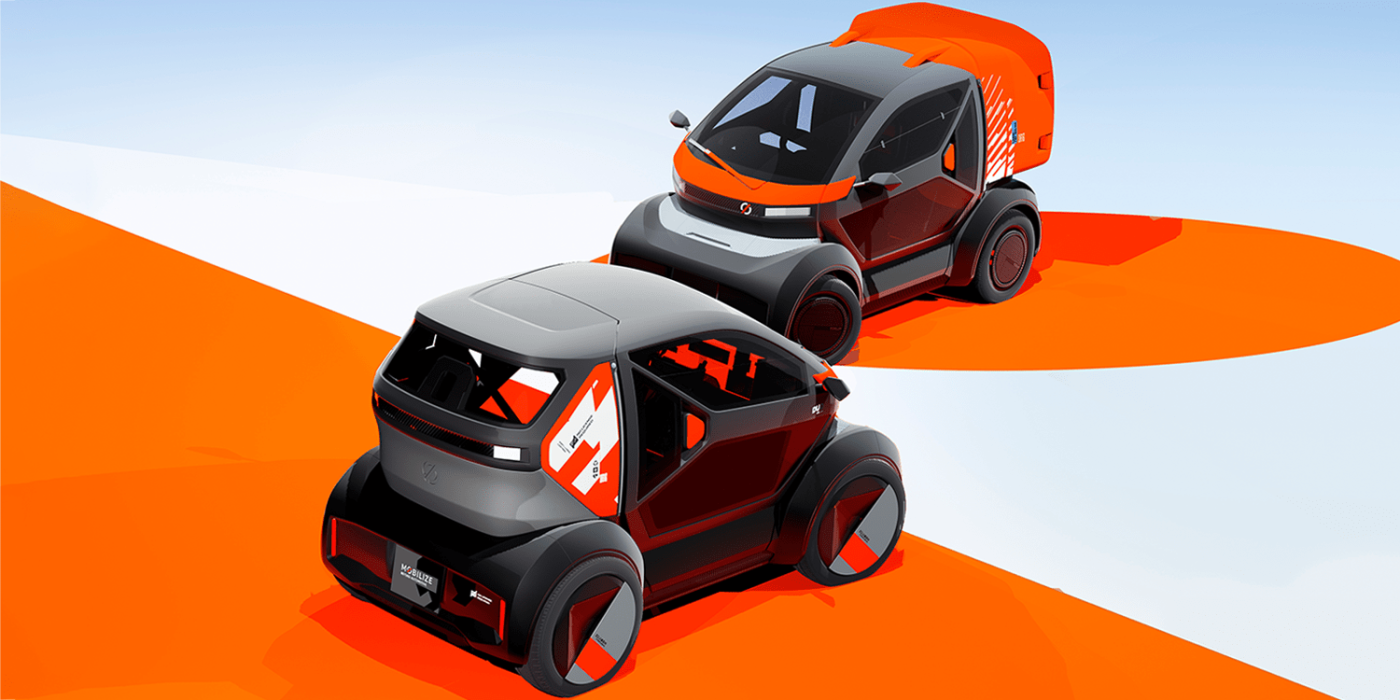
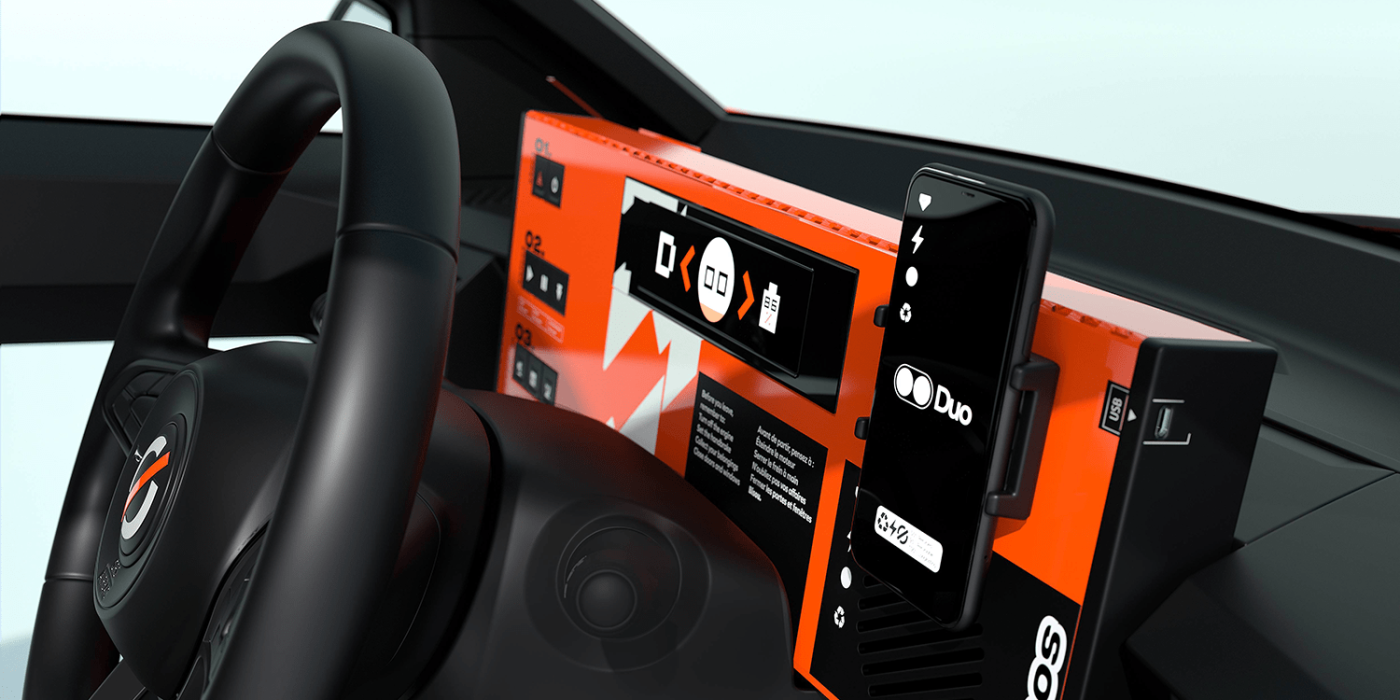
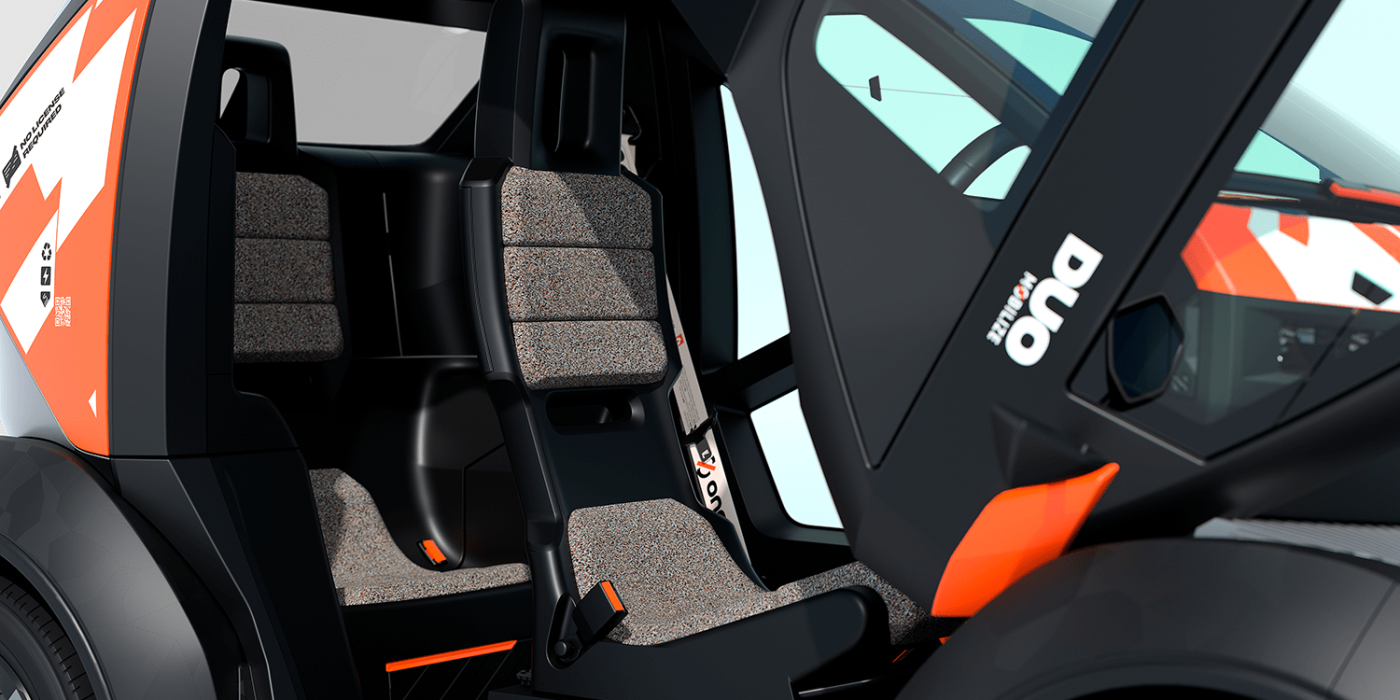
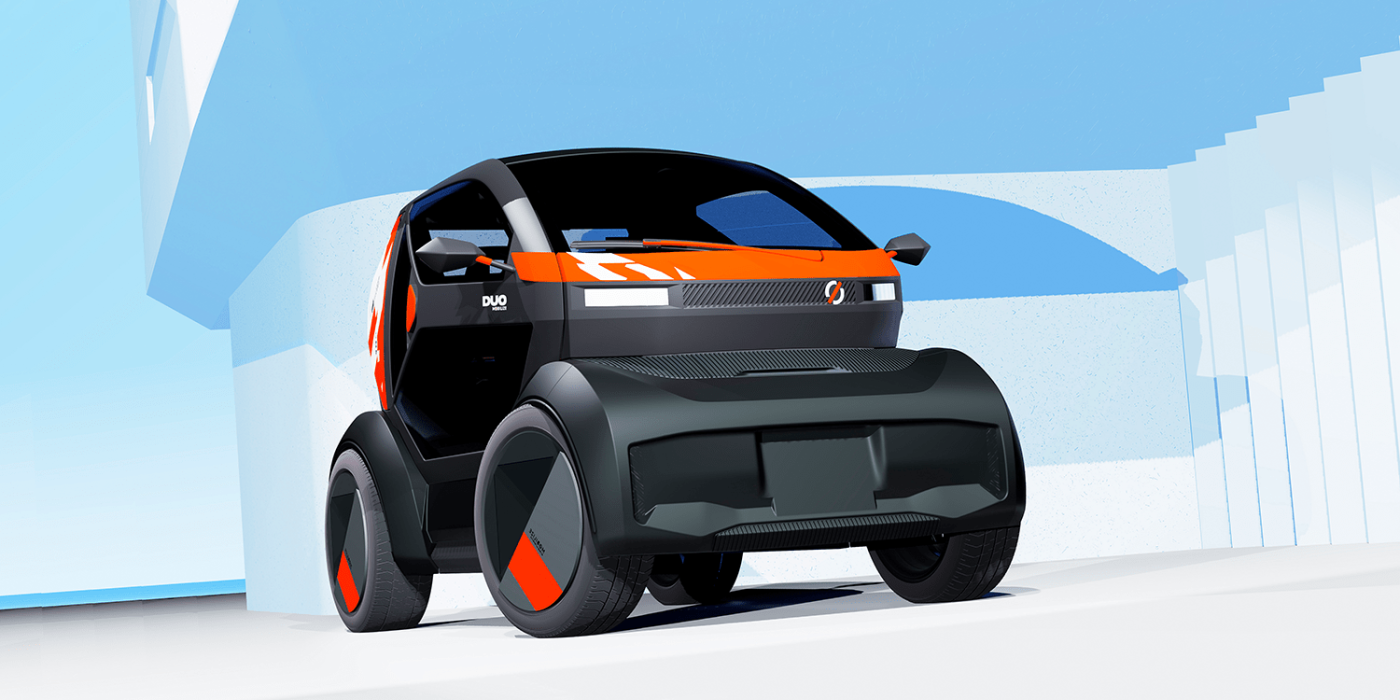
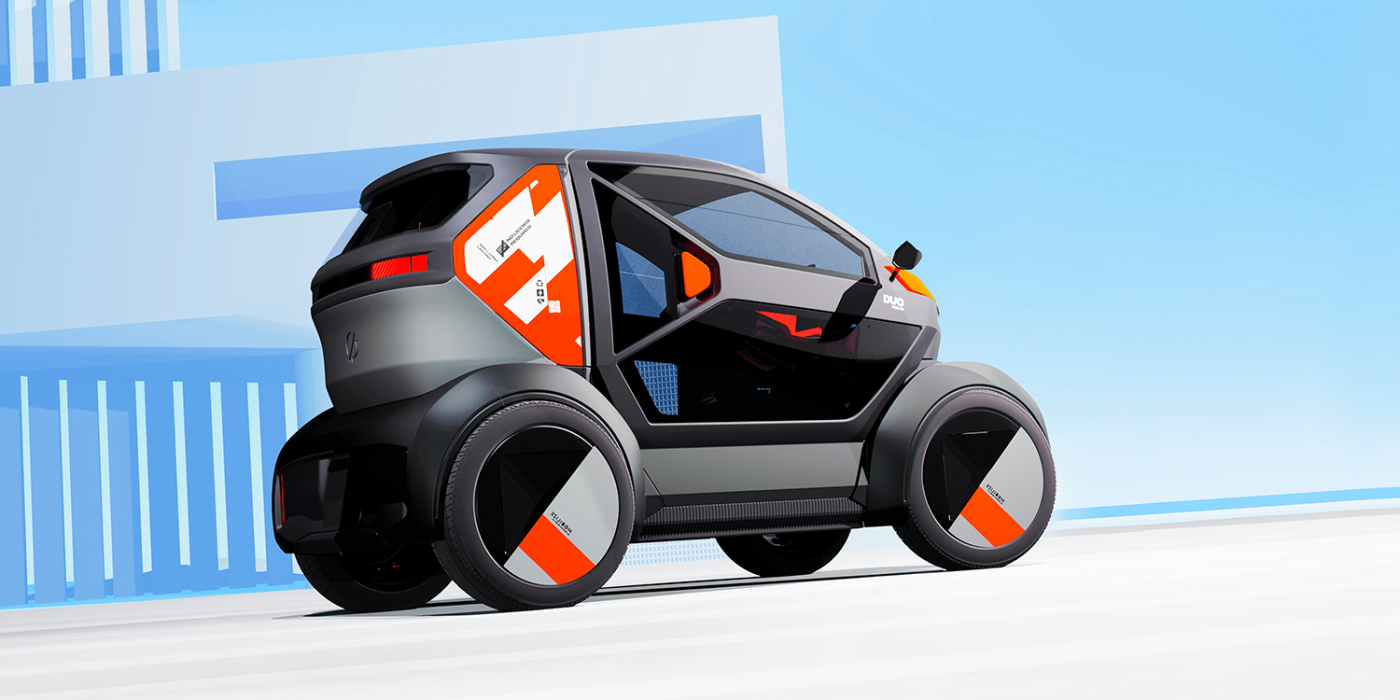
The Duo’s body does not have much in common with traditional cars. It consists of a plastic structure without paint. In addition, the developers rely on identical parts – such as placing the exact same bumpers at the rear and front of the vehicle. This is a similar approach taken as with the above-mentioned Citroen Ami, which takes this principle to the extreme. This has the very pragmatic reason that it saves on production and repair costs.
Targeting sustainability and design-conscious city dwellers who like to stay warm
For significantly improved passenger comfort, Mobilize is highlighting the new feature that the vehicle is now completely enclosed. This gives the vehicle an advantage in the northern hemisphere where winters can be unpleasantly cold, and gives the Duo a considerable advantage over the micromobility alternatives of e-bikes and electric moped scooters. Here, the difference in consumption is that while the Duo is likely to have about twice the power consumption of a motorbike or moped, it still allows wildly less energy consumption than a regular car. This gives the Duo a promising position in the mobility market of being a sustainable size in terms of city space, and use of energy and resources, with the comfort of a car.
According to the company, the two seats are fully upholstered and are supposed to offer the same postural comfort as a normal passenger car. This sets Mobilize apart from its Citroen competitor with the message that this vehicle is for those who like to be playful and functional, but not skimp on comfort. The driver’s seat can also be moved 20 centimetres backwards or forwards to facilitate access to the rear seat. The latter is supposed to be large enough for a 1.80 m tall passenger to sit comfortably. There are storage compartments on both sides of the front seat. Other features include large windows for plenty of light, a steering wheel with airbag (“rare in this type of vehicle”) and a dashboard with an instrument screen, gear lever, speakers and smartphone holder.
The dashboard also shows the playful character of the small electric vehicle. According to Mobilize, the design has a pop-culture touch: it is a reference to the boom boxes that were at the centre of street culture in the 1980s and 1990s. This is clearly meant to appeal to a young target group.
Works in a networked fleet and for ride- and vehicle-sharing
With its ability to network, the Duo is also said to be suitable for corporate fleets, ride-sharing companies and micromobility services. The model can upload some real-time data such as battery charge or location to a server, making it available to fleet management platforms. The Duo also supports firmware over-the-air updates, known as FOTAs, and smartphone-based access and ignition system. As Mobilize points out, this makes it easy for multiple users to share vehicles in corporate or operator fleets.
“The design of our vehicles and our services mirrors the Mobilize brand’s DNA. We draw inspiration from urban hallmarks to design objects that enable mobility and venture beyond traditional automotive conventions. With Mobilize, we are inventing an entirely new take on mobility centred around digital technology and revolving around the object itself. People will choose Mobilize for the experience: it offers sustainable and connected mobility, while being fun, convenient, robust and easy to use,” says Patrick Lecharpy, VP Design, Mobilize.
Subscription models for modern consumers
The Duo will not be available for purchase. Private customers will be able to choose from various subscription models starting at three months. Orders will be placed purely online. Commercial customers will be able to obtain long-term leases through the company’s own financing arm, Mobilize Financial Services. The first models are expected to hit the roads by the end of 2023.
Interestingly, in terms of sustainability, the Duo is vastly more affordable than a Nio electric car, but mirrors the importance of design and sustainability in the targeted demographic group – also with the concept of subscription models. What Nio offers that the Duo doesn’t – that is, apart from the obvious difference of vastly larger (and therefore less sustainable) vehicles with corresponding luxury: Nio has introduced battery-swapping for its vehicles, which is also a big plus on the sustainability side of things, that we have yet to see translated into European vehicles with any kind of real commitment. Gogoro-type battery stations would work wonders here, but Europe has yet to catch on.
Bento: a cargo vehicle for tight city spaces
The cargo version of this city car called Bento will be available a little later, in 2024. Instead of the passenger seat, it has a closed luggage compartment with almost 700 litres of usable volume in the rear. The box is made of grey plastic and has two asymmetrical doors that can be opened by 140 degrees. According to Mobilize, a flap also allows long objects to be transported on the driver’s right side. The French company says the Bento will be available to commercial operators under long-term rental contracts from 2024.
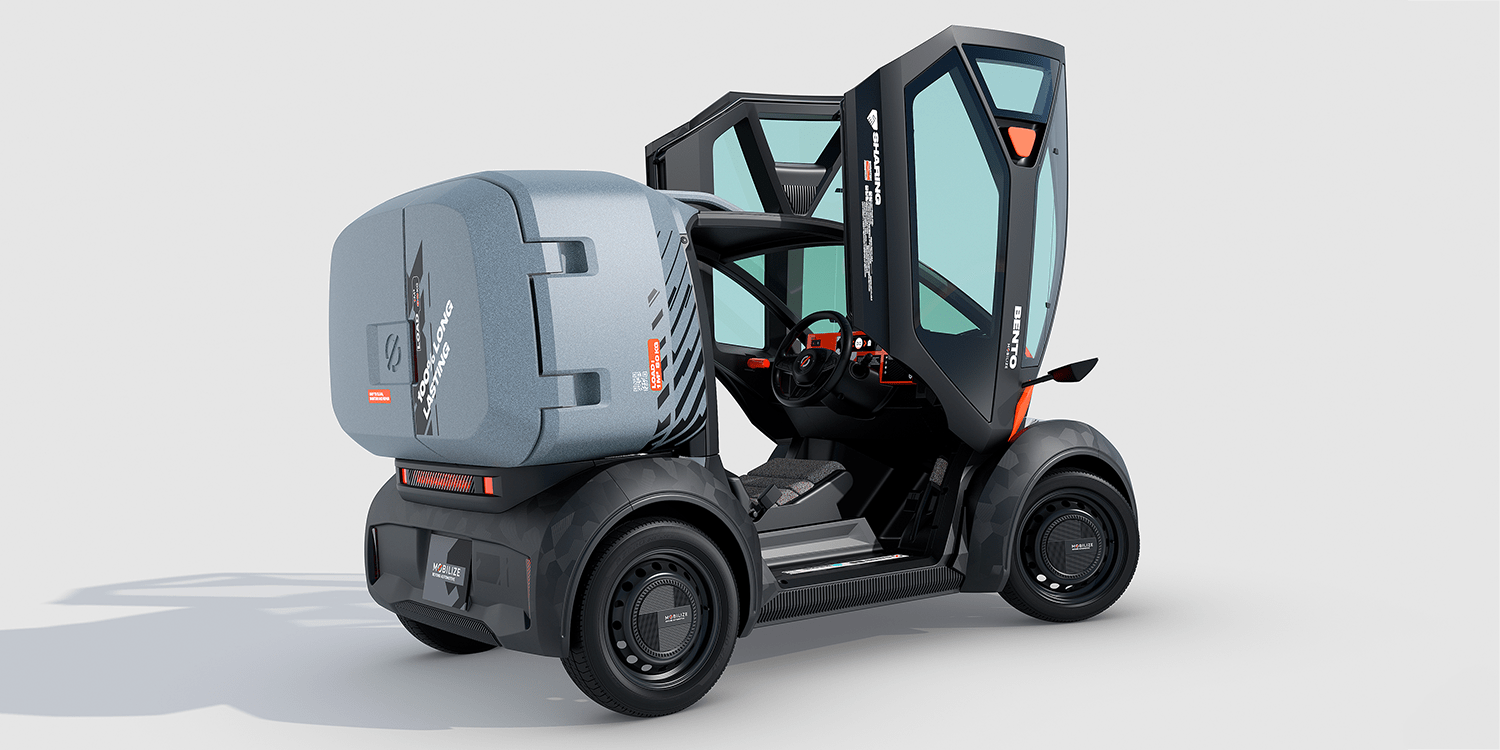
Smaller is the big thing for inner cities
Mobilize has not stopped here in the creative space between bikes and cars. The French company has also presented the Solo Concept, which is a study for a three-wheeled electric single-seater with a speed of up to 25 km/h that will be presented at the Paris Motor Show. The Renault brand is also working on innovative charging solutions. This is evidenced by the Ileo Concept, a kind of modular and mobile “charging island”, also planned for the show. In addition to a charging point for 22 kW direct current, the concept offers a micro-mobility station for e-bikes and e-scooters or a small seating area with a table, depending on the version. The Ileo Concept can use second-life batteries from the car industry and couple them with photovoltaic modules.
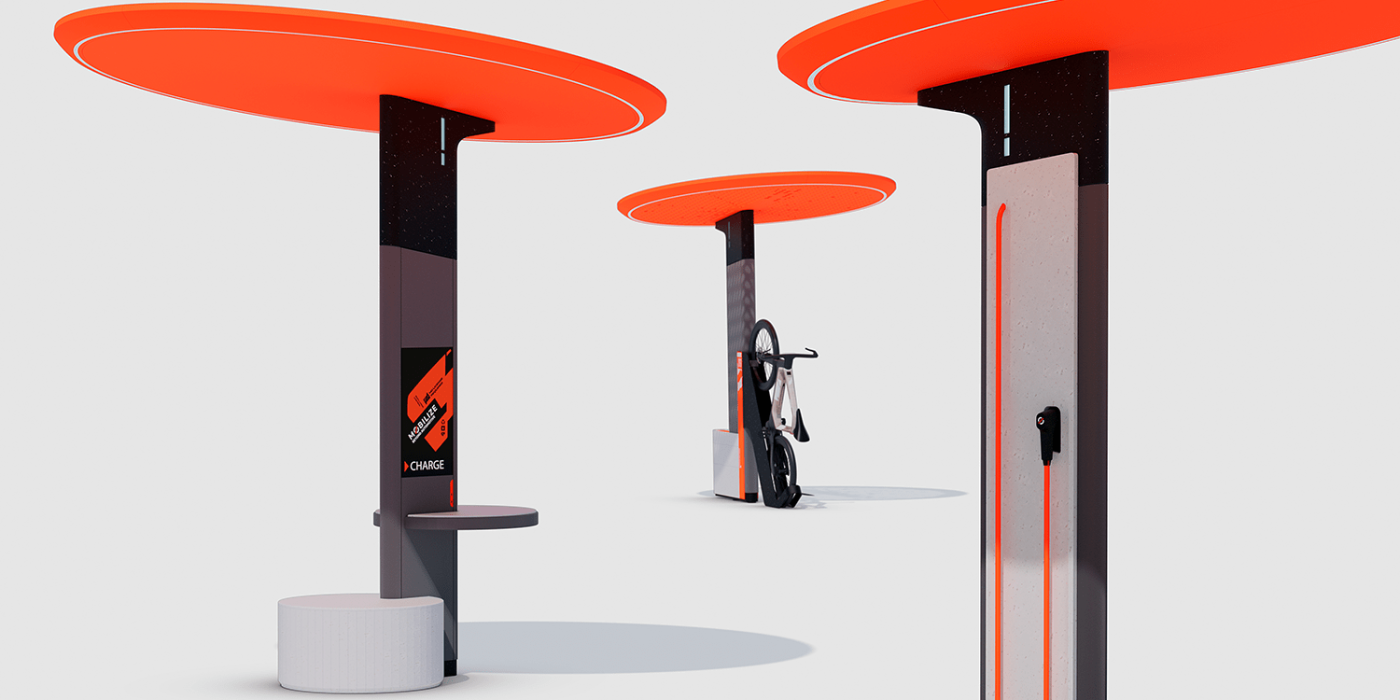
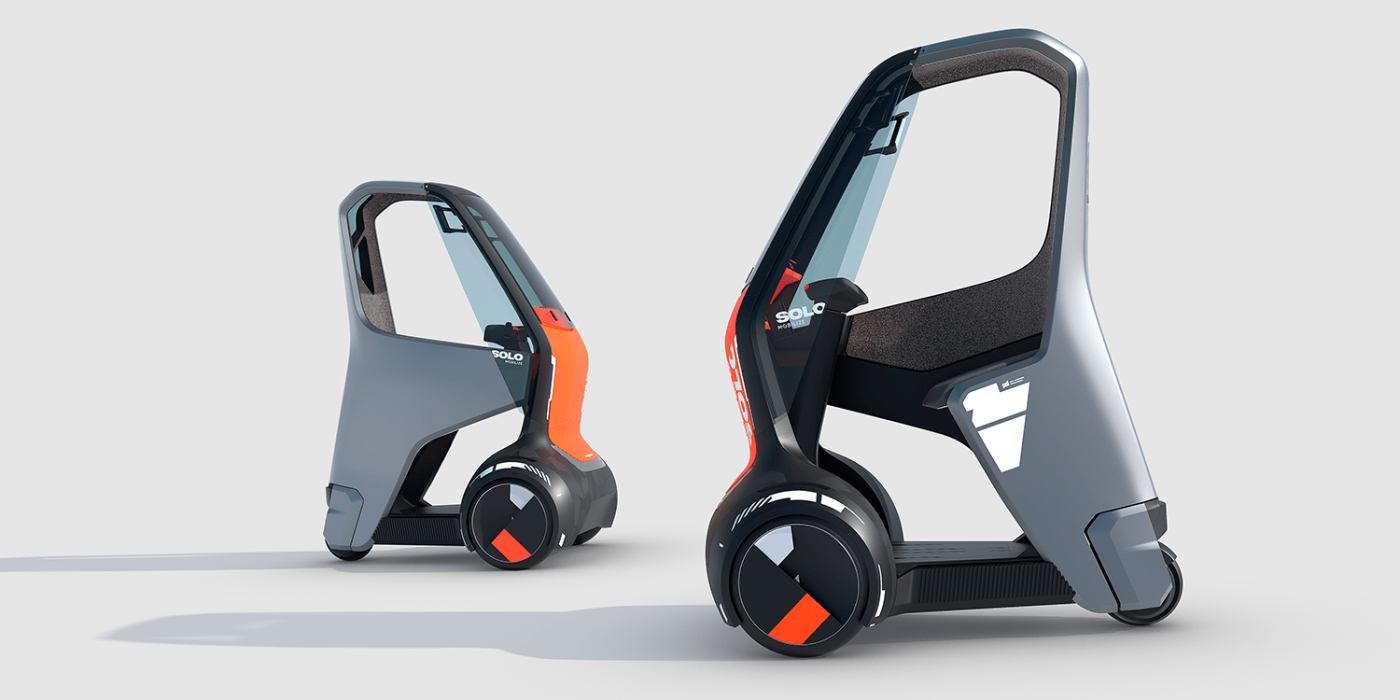
Mobilize is Renault’s mobility brand founded in 2021. It bundles mobility, energy and data services. In mid-June last year, the brand unveiled its projects for the next few years. Just yesterday, it announced that it would work with Renault dealers in Europe to build an HPC network called Mobilize Fast Charge. This is to comprise 200 locations across Europe by mid-2024. In France alone, 90 locations are planned.

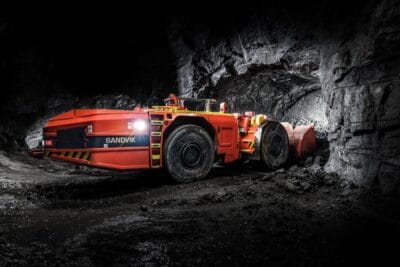
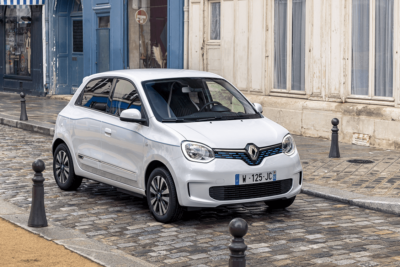
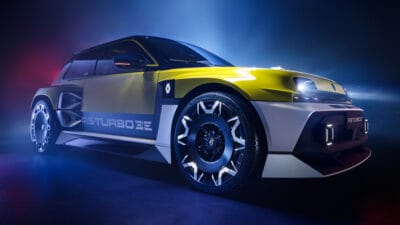
0 Comments